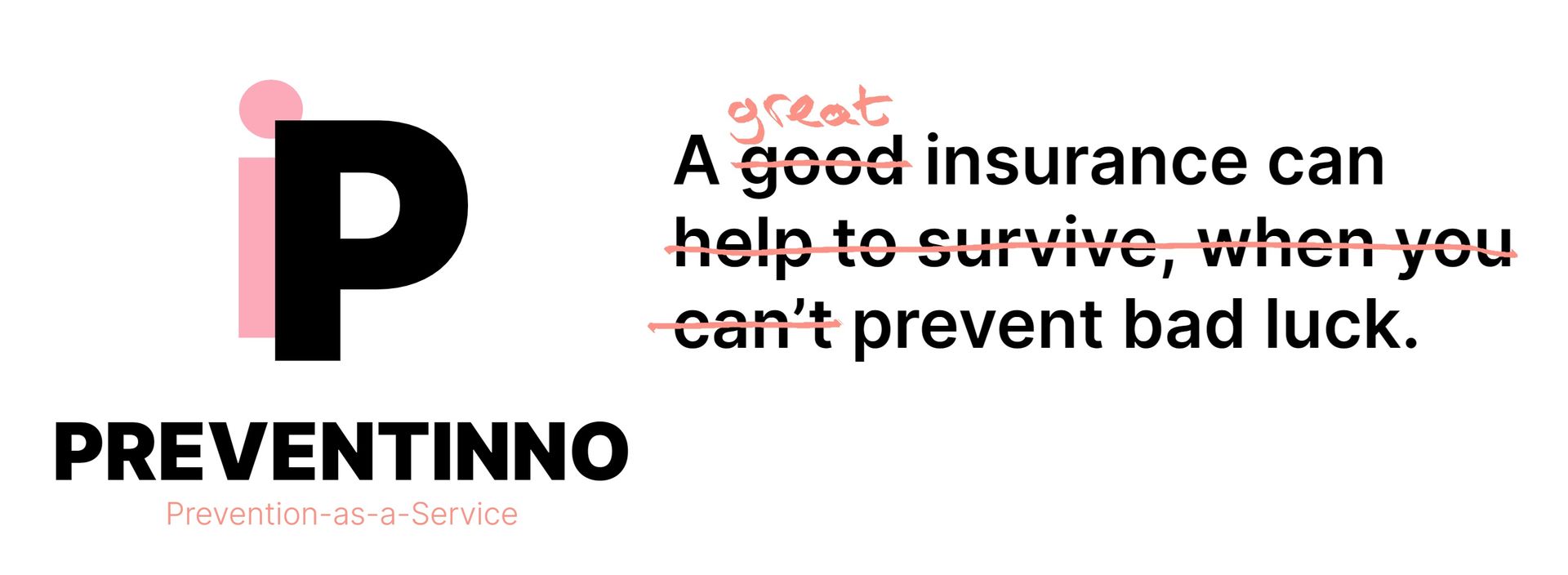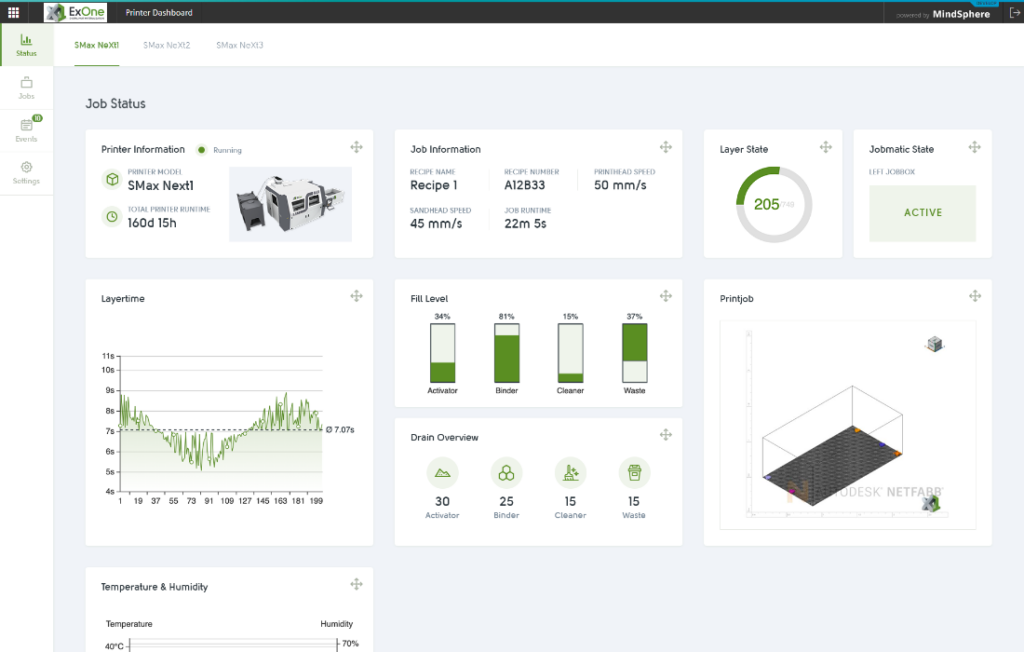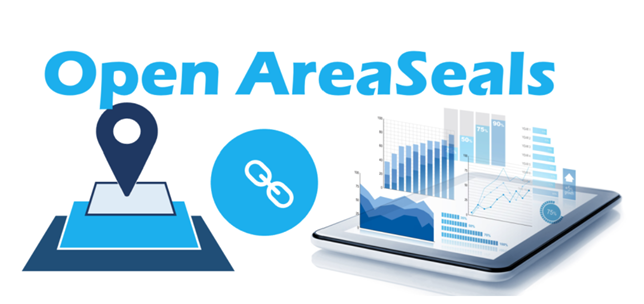The Power of the Fogg Behavior Model to Drive Risk Prevention Among Insurance Clients
At Preventinno, our mission is to leverage innovative approaches to technology and customer engagement to reduce risks before they escalate into significant financial and personal losses.

In the insurance industry, risk prevention is important not only to reduce claims, but also to foster meaningful engagement with policyholders. However, getting individuals and businesses to adopt preventive behaviours is not something that comes naturally - in other words, people rarely care about safety. It requires a deep understanding of human behaviour and how to effectively drive change. The Fogg Behaviour Model (FBM) provides a structured framework to guide prevention efforts.
At Preventinno, our mission is to use innovative approaches to reduce risk before it escalates into significant financial and personal loss. One of the key tools we use to further this goal is the Fogg Behaviour Model (FBM), a scientific framework developed by Dr. BJ Fogg at Stanford University. The FBM identifies three essential elements that must come together to change behaviour: Motivation, Ability and Prompts. This model offers practical applications for the insurance industry in promoting risk prevention behaviours.
1. Motivation: Creating a Compelling Reason for Change
In the context of risk prevention, motivation is the driving force behind clients' decisions to engage in preventive behaviors. The challenge lies in getting policyholders to recognize the importance of action before an incident occurs. Insurance companies traditionally rely on negative reinforcements, such as the potential of higher premiums or severe consequences after an event. However, focusing on positive reinforcement can be more effective, when risks are less clear.
Through tailored communication strategies, Preventinno can emphasize the long-term benefits of proactive risk management:
- Financial incentives, such as discounts for clients who actively reduce risks.
- Emotional appeal, focusing on family safety and business continuity.
- Social incentives, such as recognition for maintaining a risk-free environment.
- Attractive services or cool gadgets that can be used for both fun and prevention, such as a smart home automation system.
2. Ability: Simplifying the Path to Action
Often, clients fail to engage in preventive measures because they perceive them as too complex or costly. In the FBM, ability refers to how easy it is for a person to perform the desired behavior. At Preventinno, we understand the importance of making risk prevention simple, accessible, and cost-effective. We will work with insurance carriers and with the technology providers to create shortcuts in the customer journey through effective digital processes.
Key strategies include:
- Offering easy-to-implement solutions, such as installing security cameras or conducting regular equipment maintenance.
- Providing clear step-by-step guidelines that simplify complex procedures, like cybersecurity audits.
- Collaborating with partners to offer affordable tools and services that enhance safety, without causing additional hassle.
Preventinno could develop digital tools and resources that empower the clients of insurance companies to assess their risks quickly and find straightforward ways to mitigate them. Ensuring that the process is not overwhelming increases the likelihood of preventive action.
3. Prompts: Triggering Timely Action
A trigger is what prompts the behavior, and without an effective one, even highly motivated individuals may fail to act. In the FBM, triggers can be external (e.g., alerts or reminders) or internal (e.g., emotional cues). For insurers, timing is key when encouraging risk prevention behavior. Clients are more likely to act when triggered at the right moment, especially when they are already thinking about their risks.
Preventinno could integrate the following triggers:
- Digital Alerts: Send real-time notifications about upcoming weather risks, reminding policyholders to take preventive action, such as securing outdoor property or checking flood preparedness.
- Policy Reviews: During annual policy reviews, agents can serve as triggers by discussing new risks and encouraging preventive measures tailored to each client's situation.
- Risk-Based Scenarios: Gamifying risk assessments through interactive apps or tools that show clients potential losses based on different scenarios can trigger immediate preventive actions.
- Current events: A communication linked to a relevant current event that is in the public eye generates much more action than an unrelated communication.
Practical Applications of the Fogg Model in Risk Prevention
By combining these three elements of the Fogg Behavior Model, Preventinno can foster an environment where risk prevention comes naturally to clients. Here are a few practical applications:
- Personalized Risk Prevention Programs: Based on client profiles, insurers can use the FBM to create personalized programs that fit each client's motivation levels and ability to act. Clients receive targeted information, tools, and reminders at the right times, ensuring a higher likelihood of engagement.
- Behavioral Triggers in Smart Devices: With IoT and smart home devices becoming commonplace, Preventinno could partner with technology providers to send tailored prevention prompts through smart devices. For instance, a smart smoke detector might send reminders to check for fire hazards in certain conditions, or a smart thermostat could alert clients when pipes are at risk of freezing.
- Incentivizing Positive Behavior: Preventinno could integrate the FBM into insurance pricing models, offering clients lower premiums or bonuses for engaging in certain behaviors. Clients with active risk mitigation measures, such as regular safety inspections or the installation of security systems, could be rewarded, thus motivating more to follow suit.
Conclusion
The Fogg Behavior Model provides a practical framework for promoting risk prevention among insurance clients. By understanding the dynamics of motivation, ability, and triggers, Preventinno can lead the way in fostering proactive behaviors that reduce risk and improve outcomes for both clients and insurers. Behavioral design isn’t just about influencing decisions—it’s about creating lasting habits that ultimately lead to safer environments and a more sustainable insurance ecosystem.
Preventinno stands ready to integrate these principles, creating innovative solutions that not only protect but empower our clients to prevent risks before they occur.
Follow us in Linkedin for more insights on prevention, protection and insurance.

Copyright Preventinno 2024 Impressum




